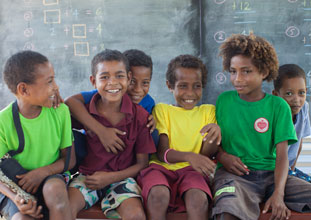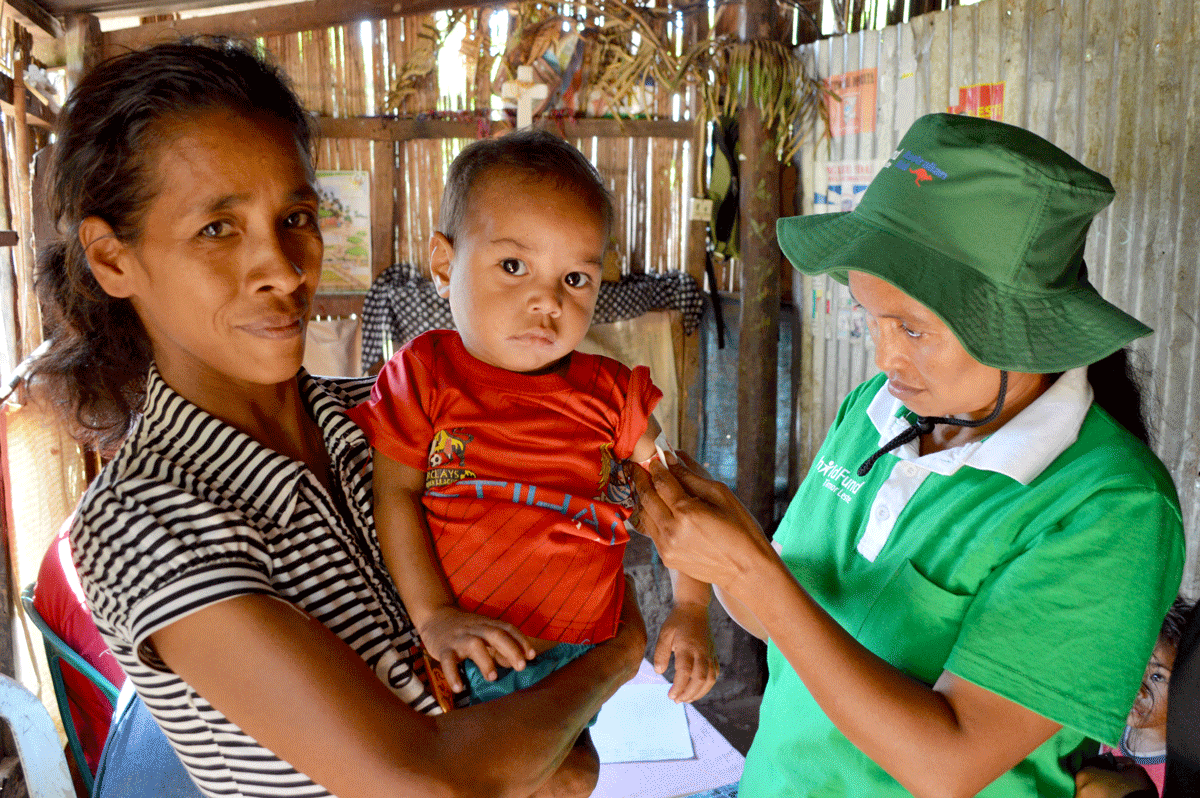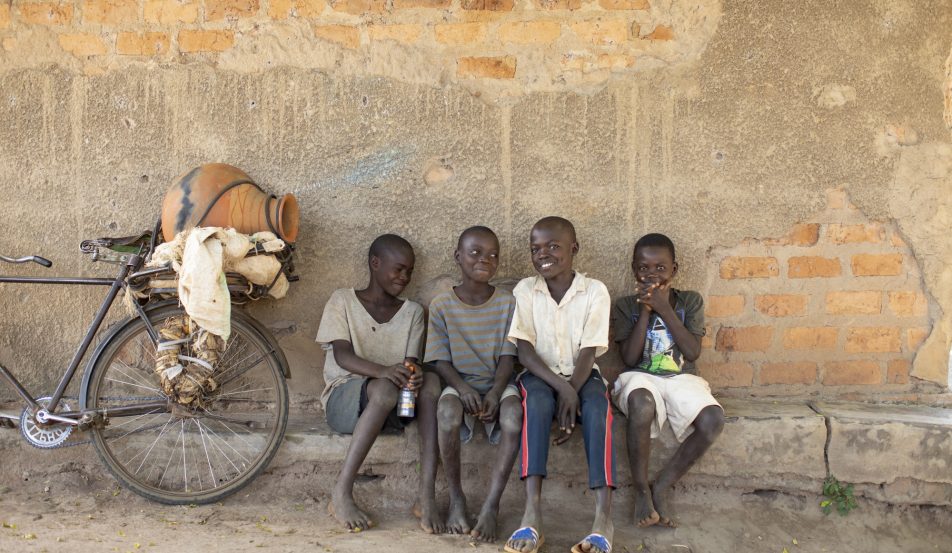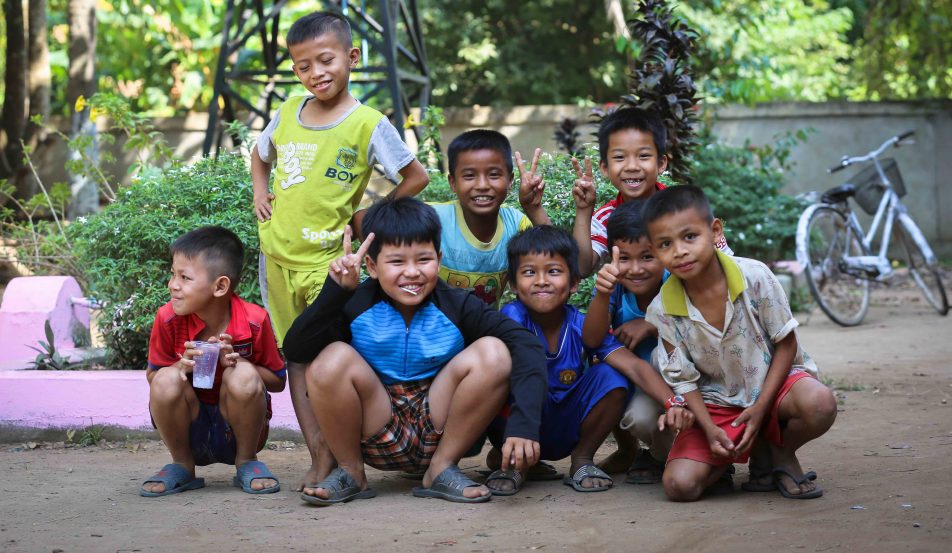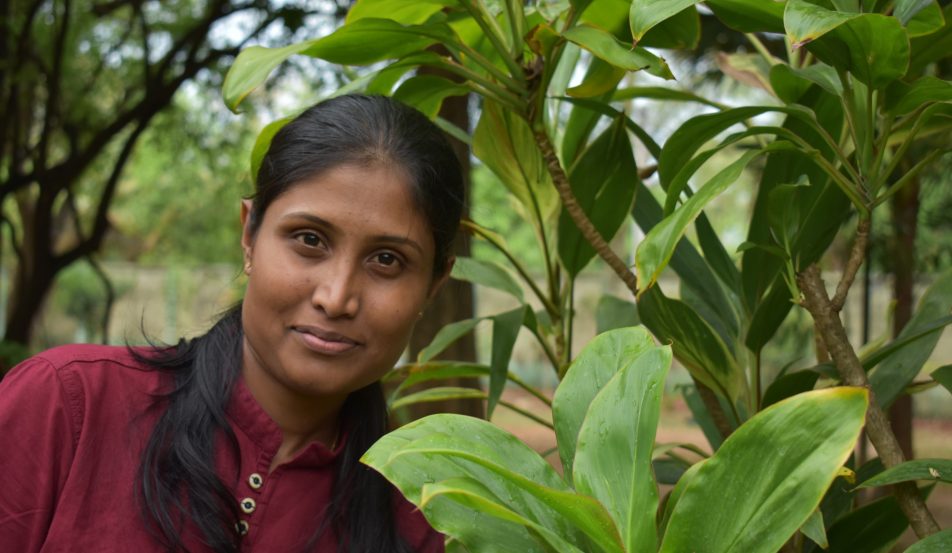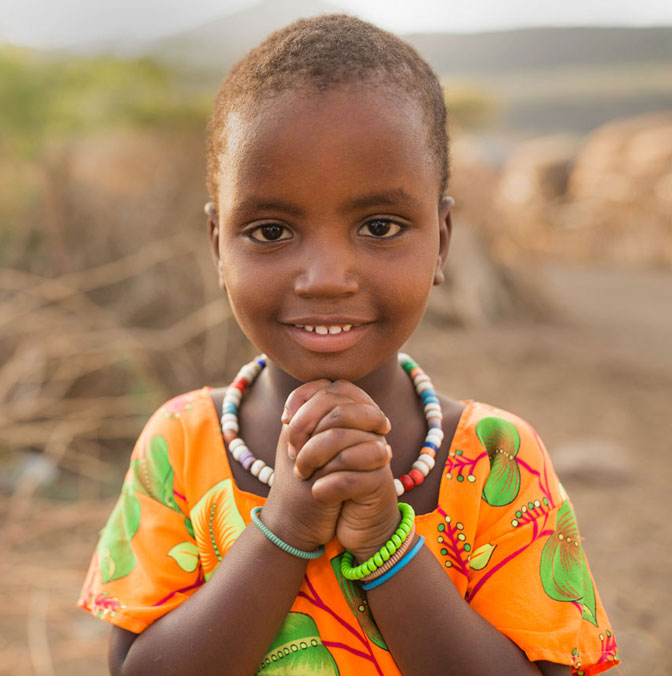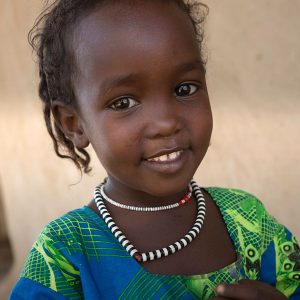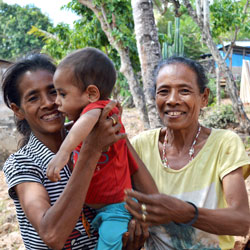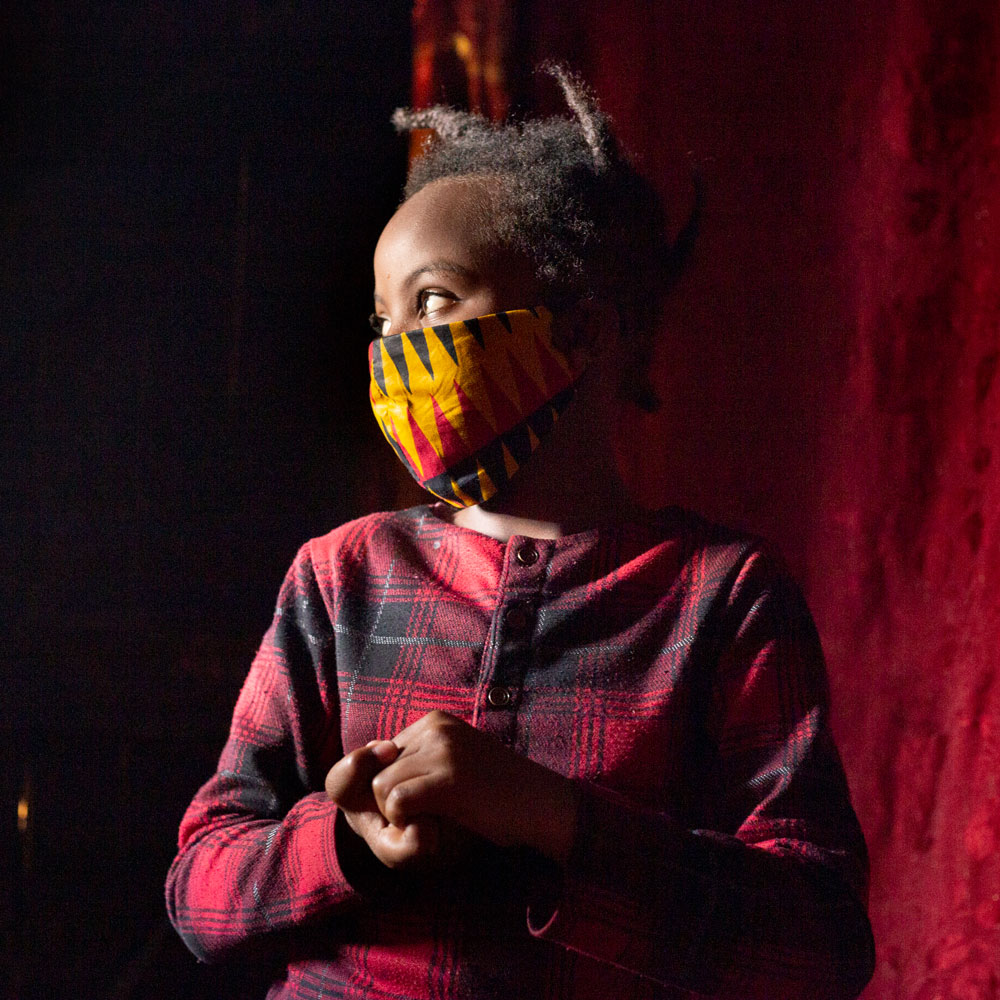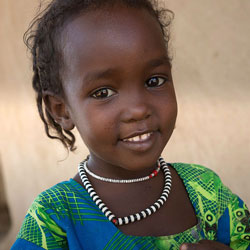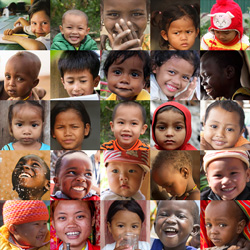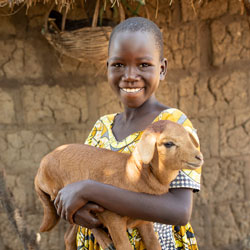Bridging the Gap: ChildFund’s Translators
For the children ChildFund serves, sponsors represent not only life-changing support, but also a voice of encouragement and friendship through the exchange of letters. But there’s a language gap for most of ChildFund’s sponsored children and their sponsors.
Enter ChildFund’s translators, who bridge that gap. One of our largest National Offices, Brazil, processes nearly 350,000 letters a year. The letters are translated mostly from English into Portuguese and back, and several of the office’s 21 translators also work in other languages including Spanish, French and German. In addition, the office handles some letters from Angola, whose official language is Portuguese.
The Brazil office has recently contracted with a third-party vendor to implement an electronic system for transmitting letters to translators and back. This innovation reduces cost and time in transit to a fraction of what`s required now, expands the pool of translator candidates, and streamlines processes all around.
Brazil`s translators work from home but visit the National Office regularly for group discussions, evaluations and guidance. ChildFund Brazil also organizes occasional community visits so that translators can see firsthand the children and families they serve.
Translators are in the unique position of being privy to both ends of the child-sponsor correspondence, and they take their role seriously.
Ask them about the most important element of translating the letters, and the emphasis on accuracy comes up over and over. “I think it is the letter being translated in its full meaning,” says Rita de cassia Petinelli da Silva, who has translated for ChildFund for 32 years. Maritza Carmen Hayashi Okuyama fine-tunes the notion, stressing the importance of “accurate translation especially when feelings and emotions are involved.” Heloisa dos Santos Machado is succinct: The most important element “is to be faithful.”
While translators enjoy being part of the process and observing nearly firsthand both how sponsor-to-sponsored child relationships grow and how ChildFund’s programs help the children develop, they also cite some common challenges. Primary among them is differences in culture – Christmas and other cultural festivals, slang words and native phrases, politics and even sporting events.
Nathalie S.C. Guizilin, who works in Portuguese, German, French and English, remedies some of this by simply inserting bracketed clarifications based on her experience of cultures at both ends of the correspondences. “What for one is obvious and needless to explain,” she says, “maybe it’s not evident for the other.”
Nathalie highlights the role of letters in broadening the children`s experience. “Knowing that there is a wide world outside their community, with people from other countries and cultures caring for them, is an important fact in their lives,” she says. “I’m sure the children who have a regular contact with their sponsors are aware of much more than other children. They’re more open-minded, curious and interested.”
These exchanges touch the translators, as well. Margaret de Jesus Ramos recalls translating letters from Angola: “It was sad to read children did not have even decent toys for playing.” Nathalie translated a letter in which a mother of a sponsored child had to report the death of the child, and another in which a sponsor’s wife wrote that her husband had died but that she would continue the sponsorship.
There is joy as well, as in the exchange of letters when a child successfully completes ChildFund programs. Nathalie is always happy to see “the first letters the children write on their own after years of their mother/sister/brother/aunt writing.”
Flavio Mendes da Silva says, simply, “I am very happy that child and sponsor love each other so much.”
Picture: 10-year old Victoria writing to her sponsor
